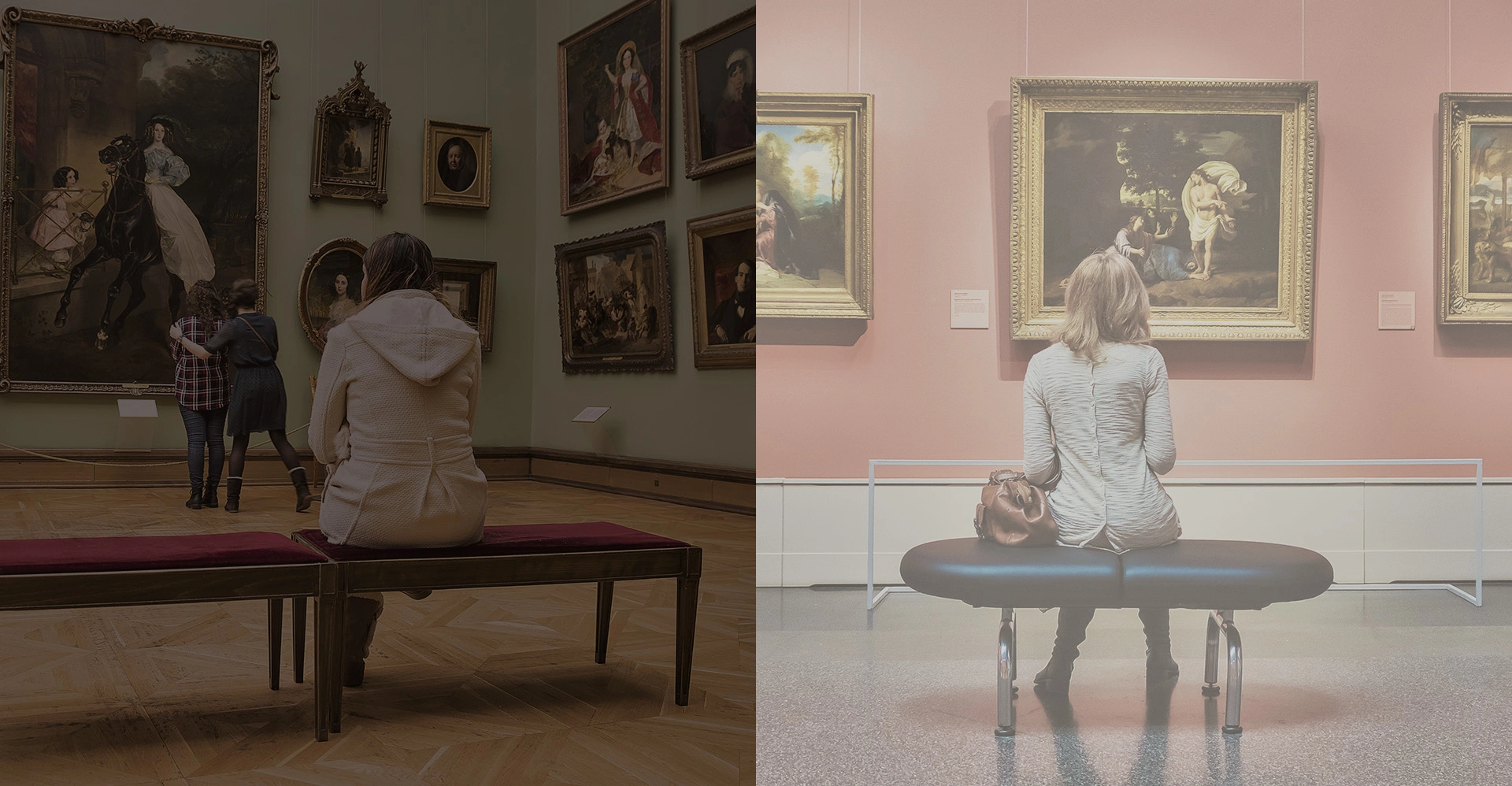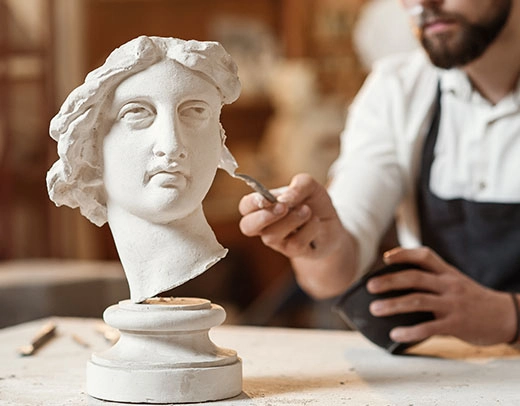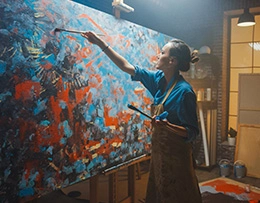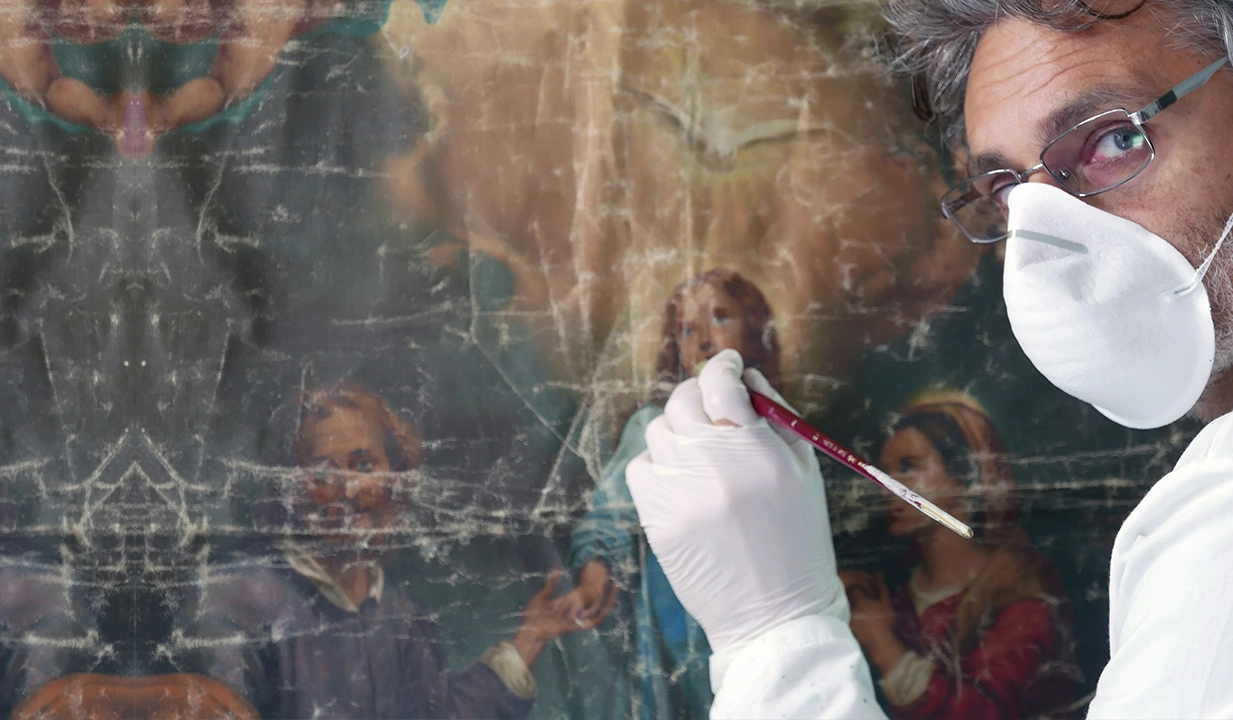
The Art and style magazine: Must-Know Essentials!
All About Art Exhibitions: Tips and Insights!

Online gallery: our favorites!
In an art gallery, the exhibits are unique. Most of the time, it is public and showcases authentic, high-quality works of art. Some works are much more appreciated than others, and are designed to reflect facts and events in the daily life of men.
The lithographs featuring the green butterfly and the orange butterfly, for example, are of interest to women who like to bring originality to their homes. But, there are also the games of lady, the bouquets, the clowns and the beautiful landscapes. These are all images that represent a reality the world lives in today.

Where to exhibit artistic works?

Exhibit in art galleries
To publicize his works, nothing better than exhibiting in art galleries.

Exhibit in art fairs
Exhibiting in a contemporary art fair also has price advantages.

In a cultural center
It is also beneficial to offer your works to a cultural center that puts on shows and exhibitions.


What are the different types of arts?
There are actually 7 types of art. First of all , there is architecture and sculpture. Then there are the visual arts like painting and drawing. Music and cinema should not be neglected either. And finally, there is literature, that says poetry and dramaturgy; performing arts such as dance, circus and mime.







How to estimate a work of art?
However, the estimate of a work of art is put in the hands of an expert such as mr-expert.com, who then uses a special tool such as an illuminating magnifying glass or an ultraviolet lamp. It is equipment that allows to highlight old repairs and restorations. Either way, the estimation is always done by several steps.
Restoration of works of art and heritage works
To restore works of art, it is always better to trust a restorer. The latter actually ensures the preservation of objects, paintings, books, tapestries, sculptures and furniture. He uses different techniques in order to make their initial appearance.
It identifies alterations in works of art and draws up a condition report. He then determines what type of intervention is essential, the treatments and the time necessary for the work to be in good condition. It can also take care of conservation.
